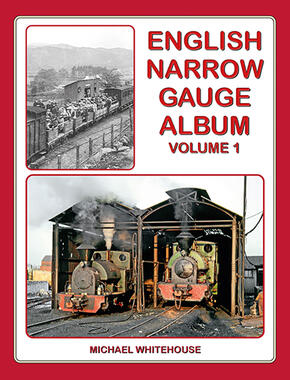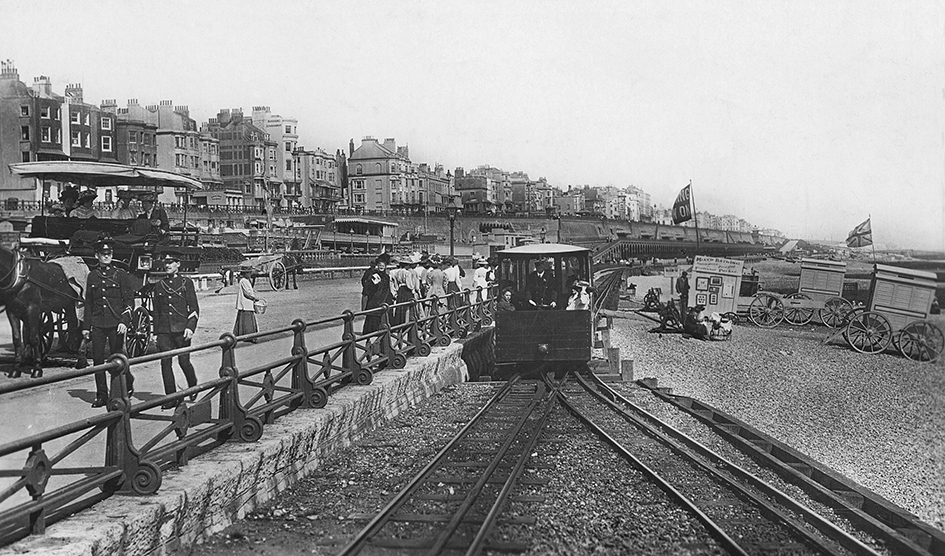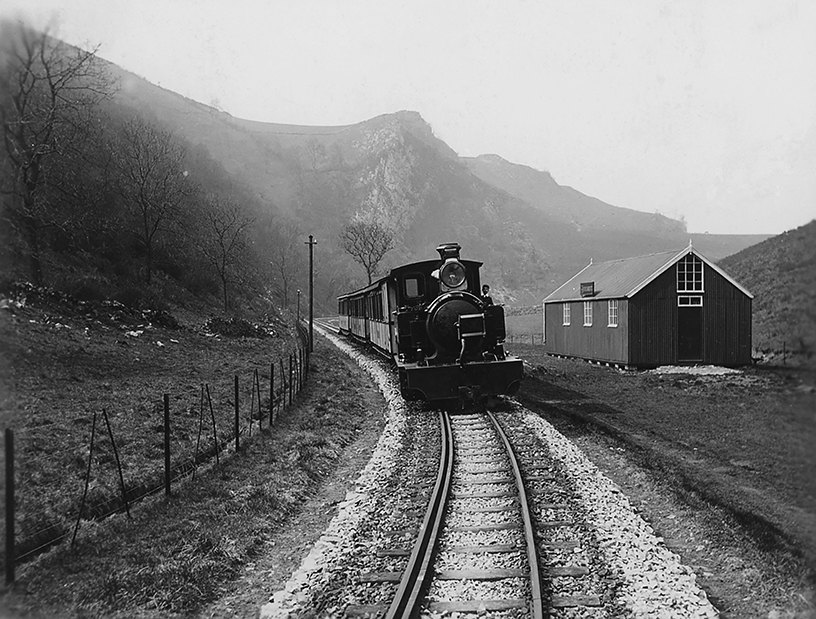English Narrow Gauge Album Volume 1

English Narrow Gauge Album Volume 1
Michael Whitehouse
200 pages. 275x215mm. Printed on gloss art paper, casebound with printed board covers.
ISBN13: 9781915069368
£35.00
Michael Whitehouse
200 pages. 275x215mm. Printed on gloss art paper, casebound with printed board covers.
ISBN13: 9781915069368
£35.00
This album is the first of two volumes covering the extraordinary breadth and individuality of narrow gauge railways in England, ranging from the diminutive 18ins gauge serving the L&NWR’s famous Crewe Works to the Colonial-style Leek & Manifold 2ft 6ins gauge line in Derbyshire. The theme of these books also consider the overall development of narrow gauge railways in England, within the political, legal, economic and social frameworks of the 19th and 20th centuries. Narrow gauge railways in England were largely built for three different purposes: industrial, military or as common carriers connecting communities left out of the railway mania construction of the 19th century. Within this framework, local entrepreneurs and several innovators, such as John Barraclough Fell, Magnus Volk, Richard Rapier and E.R. Calthrop, pushed out the barriers of the narrow gauge. By the outbreak of the First World War there were ominous warnings that road transport might provide a better bet than the narrow gauge railway. This war largely stopped any further significant advancement of the narrow gauge and the public lines in Britain began to struggle financially. The Second World War pushed many of these enterprises into bankruptcy as labour and materials were diverted to the war effort. During and immediately after the war, the majority of the remaining lines closed. For the railway enthusiast, however, English narrow gauge railways were to prove welcome news, as each developed its own idiosyncratic character as well as being operated by a wide range of different and largely attractive steam locomotives and rolling stock, enduring them to history if not commerce.


English Narrow Gauge Album Volume 1 - Sample Images

A fascinating early view with of the promenade in front of the town as a car comes into the terminus at the pierhead. A lady passenger on the front platform is holding onto her wide brimmed hat. On the left tourists sit in a covered horse drawn wagon. On the right, a sign advertises mixed bathing next to wheeled bathing machines used for people to change in and then be wheeled directly into the sea. The use of bathing machines was part of the etiquette for sea-bathing to be observed by both men and women who wished to behave ‘respectably’. Especially in Britain, even with the use of the machine to protect modesty, bathing for men and women was usually segregated, so that people of the opposite sex would not see each other in their bathing suits which, although extremely modest by modern standards, were not considered proper clothing in which to be seen in public. [Peter Johnson collection]

E.R. Calthrop pauses at Thor’s Cave station with a train for Waterhouses on Thursday 25th April 1907. The footplate crew are nowhere to be seen but a young lad in starched white collar has climbed aboard the locomotive for the photograph. The new corrugated steel refreshment room is on the right of the picture selling bottles of soda water, lemonade and lime juice. [Michael Whitehouse collection]
